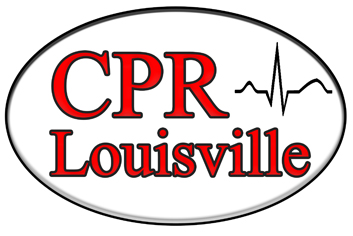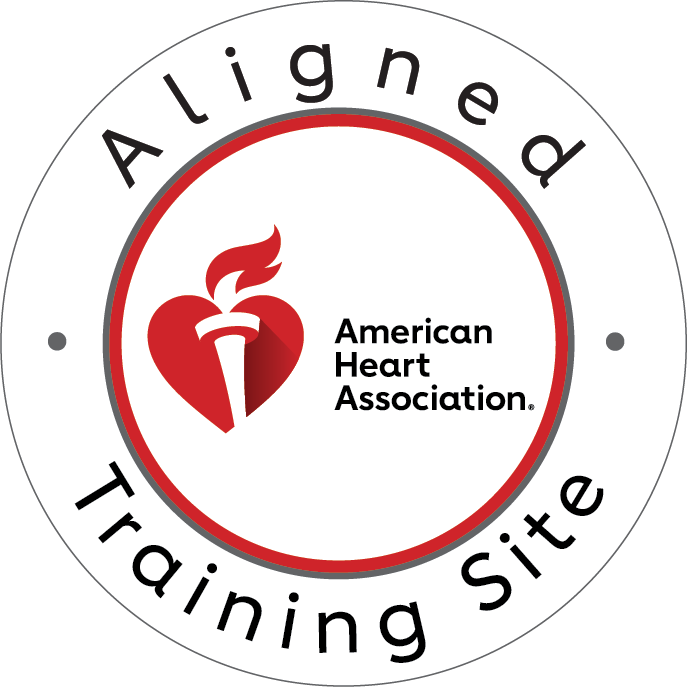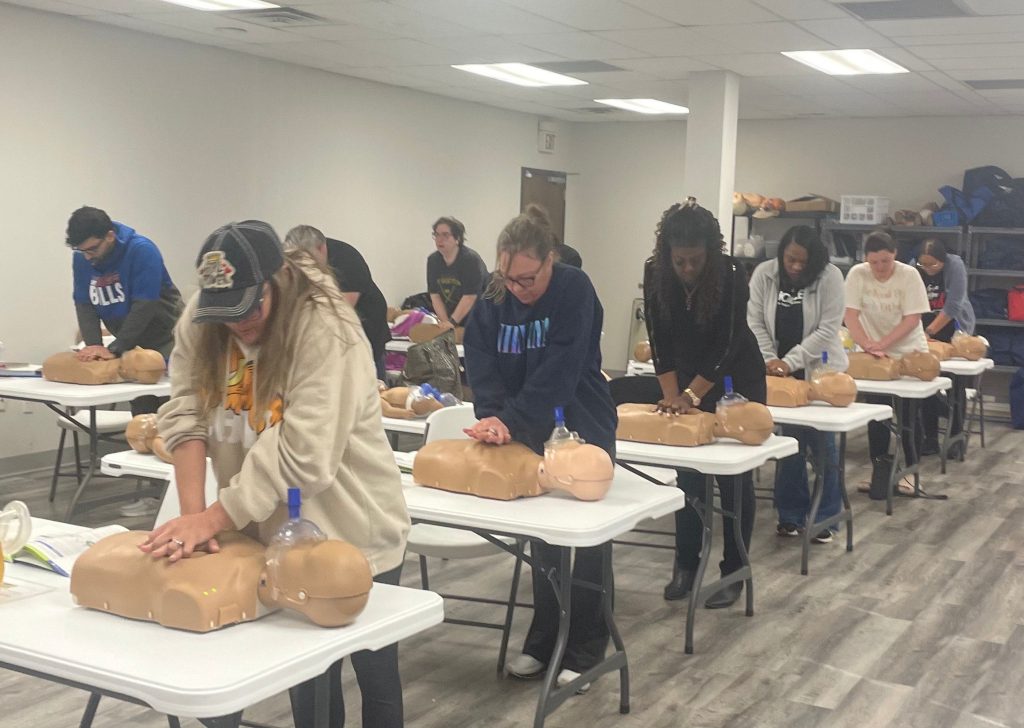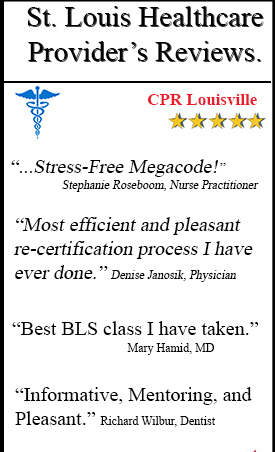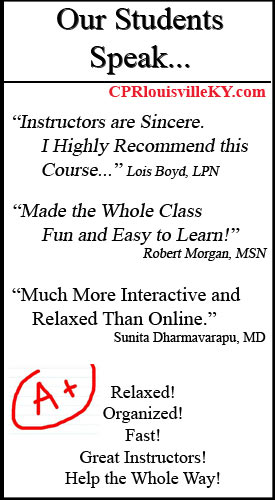In emergencies, having the right skills to respond can make the difference between life and death. Two common certifications that people often confuse are CPR (Cardiopulmonary Resuscitation) and BLS (Basic Life Support). Though related, these two training programs serve different purposes and may be required for different individuals. This article breaks down the key differences between CPR and BLS certifications, helping you determine which one meets your needs.
Understanding CPR: The Fundamental Life-Saving Technique
CPR is a critical emergency procedure performed when someone’s breathing or heartbeat has stopped. This life-saving technique is designed for the general public and is often the first response in cardiac emergencies.
What Does CPR Training Cover?
CPR training typically includes:
- Recognition of cardiac arrest situations
- Proper hand placement and compression techniques
- Appropriate compression depth and rate
- Rescue breathing methods
- Use of automated external defibrillators (AEDs) in some courses
- Recovery position placement
CPR certification courses are generally shorter than BLS courses, often completed in 2-3 hours. They focus primarily on the mechanics of performing chest compressions and rescue breaths correctly. The training is straightforward, making it accessible to people without medical backgrounds.
Who Needs CPR Certification?
CPR training is valuable for virtually everyone, but it’s particularly important for:
- Parents and childcare providers
- Teachers and school staff
- Workplace safety officers
- Fitness instructors
- Lifeguards
- Community volunteers
- Anyone wanting to be prepared for emergencies
Many organizations require CPR certification for employees who work directly with the public. The skills taught in CPR courses can be applied in various settings, from homes to workplaces to public spaces.
BLS: The Healthcare Professional’s Standard
Basic Life Support (BLS) represents a more comprehensive approach to emergency care. It builds upon the foundation of CPR but includes additional components tailored for healthcare providers.
What Does BLS Training Include?
A BLS certification course covers:
- All CPR techniques (chest compressions and rescue breathing)
- Team-based approaches to emergency response
- Use of barrier devices for rescue breathing
- Bag-valve-mask ventilation techniques
- AED operation for adults, children, and infants
- Relief of foreign-body airway obstructions
- Special considerations for healthcare settings
- Professional rescuer responsibilities
BLS courses typically last 4-6 hours and include more rigorous skills testing than standard CPR courses. They emphasize the integration of CPR with other emergency care techniques in professional healthcare environments.
Who Should Get BLS Certified?
BLS certification is primarily designed for:
- Doctors, nurses, and physician assistants
- EMTs and paramedics
- Respiratory therapists
- Dental professionals
- Medical and nursing students
- Healthcare support staff
- Home health aides
- Medical office personnel
Many healthcare employers and educational institutions require BLS certification as a condition of employment or program entry. The certification typically needs renewal every two years to ensure skills remain current with the latest guidelines.
Key Differences Between CPR and BLS Training
Understanding the distinctions between these certifications can help you choose the right one for your needs:
Depth of Training
CPR training focuses on the basics: recognizing cardiac arrest and performing chest compressions and rescue breaths. It’s designed to be straightforward enough for anyone to learn.
BLS training goes deeper, covering professional techniques, equipment use, and team-based approaches that healthcare providers need in clinical settings.
Skill Complexity
CPR skills center around the proper execution of compressions and breathing techniques for adults, and sometimes children and infants.
BLS skills include more advanced techniques like bag-mask ventilation, professional-level AED operation, and coordinated team response protocols.
Certification Requirements
CPR certification typically involves a shorter course with basic demonstration of skills and knowledge testing.
BLS certification requires more rigorous testing and demonstration of proficiency in multiple emergency scenarios, often with performance evaluations.
Renewal Periods
Both certifications generally require renewal every two years, but BLS recertification may have more stringent requirements to ensure healthcare providers maintain high-level skills.
Choosing Between CPR and BLS: Decision Factors
When deciding which certification to pursue, consider these factors:
Professional Requirements
First, check if your job or educational program has specific certification requirements. Healthcare professionals almost always need BLS rather than basic CPR.
Your Role and Responsibilities
Consider the environments where you might need to respond to emergencies:
- If you’re a healthcare provider working in clinical settings, BLS is appropriate
- If you’re a layperson wanting to be prepared for emergencies at home or in public, CPR certification is suitable
- If you work in specific roles like lifeguarding or as a fitness instructor, specialized CPR training may be required
Time and Resource Commitment
BLS certification requires more time and often costs more than basic CPR training. If you’re not required to have BLS certification, CPR training might be more practical.
Skill Maintenance
Both certifications require periodic renewal, but BLS skills may need more regular practice to maintain proficiency. Consider whether you’ll have opportunities to practice these skills in your daily environment.
Common Questions About CPR and BLS
Is CPR Part of BLS?
Yes, CPR is a fundamental component of BLS training. BLS builds upon CPR skills by adding more advanced techniques and protocols used in professional healthcare settings.
Can I Take BLS Without Prior CPR Training?
Yes, you can enroll in a BLS course without prior CPR certification. BLS courses teach CPR as part of their curriculum, so previous training isn’t required. However, some basic familiarity with CPR concepts can be helpful.
Will CPR Certification Satisfy Healthcare Employment Requirements?
Generally, no. Most healthcare positions require BLS certification, specifically, as it covers the advanced techniques necessary in clinical settings. Always check the specific requirements of your employer or educational program.
Do I Need to Renew My Certification?
Both CPR and BLS certifications typically expire after two years. Guidelines and techniques evolve, so renewal ensures you stay current with the latest emergency response protocols.
The Value of Proper Training
Whether you choose CPR or BLS certification, proper training from qualified instructors is essential. Emergencies are stressful, and having practiced the skills under expert guidance builds confidence and competence.
Quality training programs provide:
- Hands-on practice with mannequins
- Feedback from experienced instructors
- Realistic scenarios to build decision-making skills
- Current guidelines are based on scientific evidence
- Clear explanations of the why behind each technique
Remember that certifications from nationally recognized organizations like the American Heart Association carry more credibility and are more widely accepted by employers.
The Impact of CPR and BLS Training
The statistics speak for themselves:
- Immediate CPR can double or triple survival rates for cardiac arrest victims
- For every minute without CPR, survival chances decrease by 7-10%
- Communities with high rates of CPR training have better survival outcomes
- Healthcare providers with current BLS skills save more lives in hospital settings
Your decision to become certified in either CPR or BLS contributes to a safer community and workplace. These skills represent a commitment to being prepared when emergencies strike.
Take Action: Get Certified Today
If you’re in the Louisville area and ready to gain these life-saving skills, CPR Louisville offers comprehensive training options to meet your needs. As an American Heart Association training site, we provide expert instruction in a stress-free, hands-on environment.
For community members, parents, teachers, and others needing basic skills, our CPR certification Louisville classes provide everything you need to respond confidently in emergencies.
Healthcare professionals can enroll in our BLS certification Louisville courses, which meet all industry standards and employer requirements. We also offer renewal courses for those maintaining their certification.
In addition to CPR and BLS, we provide ACLS, PALS, and First Aid courses to complete your emergency response education.
Don’t wait until an emergency happens to wish you had these critical skills. Schedule your training today with CPR Louisville – recognized as offering the Best CPR class in Louisville – and join the ranks of those prepared to save lives when it matters most.
Conclusion: Making Your Choice
Deciding between CPR and BLS certification comes down to your specific needs, professional requirements, and the environments where you might face emergencies. Both provide valuable skills that can save lives, but they serve slightly different purposes:
- Choose CPR certification if you’re a layperson wanting fundamental emergency response skills
- Choose BLS certification if you’re a healthcare provider or work in medical settings
Regardless of which path you choose, remember that any training is better than none. The confidence and knowledge to act quickly in an emergency are invaluable – not just for yourself, but for your family, colleagues, and community.
By investing a few hours in proper training now, you gain skills that could someday give someone the most precious gift of all: a second chance at life.

